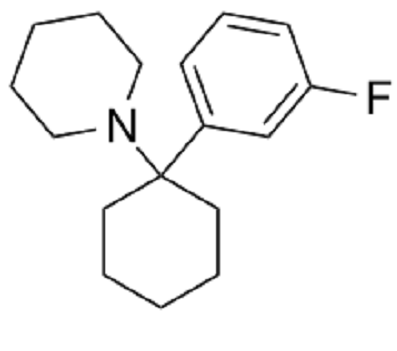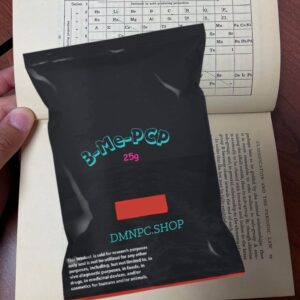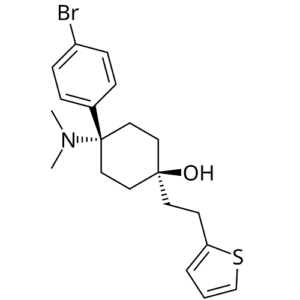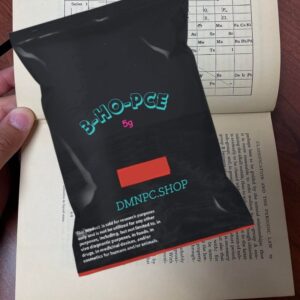3-Fluoro-PCP (3F-PCP) is a synthetic chemical compound belonging to the arylcyclohexylamine class, which is associated with dissociative anesthetics. It is a derivative of phencyclidine (PCP), modified with the addition of a fluorine atom at the 3rd position of the phenyl ring. This structural modification may influence its pharmacological properties compared to PCP and related compounds.
Key Characteristics of 3-Fluoro-PCP:
- Chemical Structure:
- 3-Fluoro-PCP is chemically similar to PCP, with a fluorine substitution on the phenyl ring.
- Its molecular formula is typically C17H24FNO, reflecting its fluorinated arylcyclohexylamine structure.
- Mechanism of Action:
- Like other compounds in its class, 3F-PCP is believed to act as an NMDA receptor antagonist, blocking the receptor’s activity. This action is responsible for the dissociative and anesthetic effects associated with such substances.
- It may also interact with other receptors, such as dopamine and sigma receptors, which can contribute to its psychoactive profile.
- Psychoactive Effects:
- Anecdotal reports suggest effects similar to PCP, including:
- Dissociation (a feeling of detachment from reality or one’s body).
- Altered sensory perception and cognition.
- Euphoria or sedation.
- Potential for hallucinations at higher doses.
- However, the exact effects may vary depending on the dosage and individual response.
- Anecdotal reports suggest effects similar to PCP, including:
- Research Chemical:
- 3F-PCP is classified as a research chemical, meaning it has limited documentation in scientific literature and no approved medical or therapeutic uses. Its primary availability is for laboratory studies.
Risks and Concerns:
- Limited Research:
- Due to its status as a research chemical, there is little information on its safety, pharmacokinetics (how the body processes it), or long-term effects.
- Potential for Misuse:
- 3-Fluoro-PCP may have a potential for abuse due to its dissociative and euphoric effects, similar to other NMDA antagonists like PCP or ketamine.
- Repeated use could lead to psychological dependence or tolerance.
- Adverse Effects:
- Reports suggest that, like other dissociatives, it may cause confusion, agitation, or motor impairment at high doses.
- Other possible risks include bladder toxicity (common with arylcyclohexylamines), cardiovascular strain, or severe psychological effects (e.g., paranoia, anxiety).
- Unknown Toxicity:
- The toxicity and interaction profile of 3F-PCP are not well understood, making it potentially hazardous for unsupervised use.
Legal Status:
- The legal status of 3-Fluoro-PCP varies by country. In some jurisdictions, it is regulated under laws controlling analogs of PCP or general psychoactive substances.
Disclaimer:
3-Fluoro-PCP is an experimental compound, and its use outside of controlled scientific research carries significant risks. Always adhere to local laws and regulations, and consult peer-reviewed scientific literature for accurate and detailed information. Unsupervised or recreational use is strongly discouraged due to the potential for harm.





Reviews
There are no reviews yet.